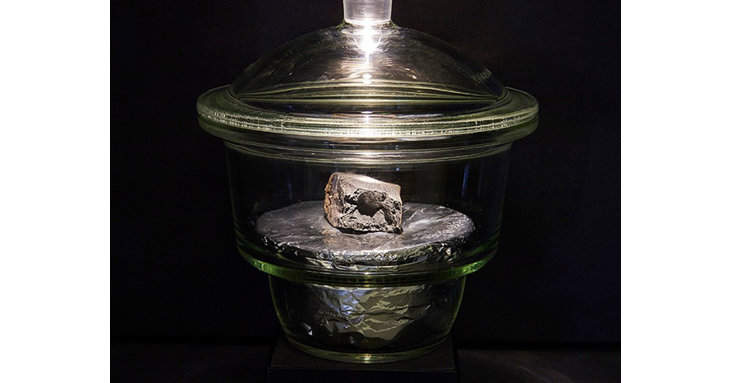The Winchcombe meteorite, which fell through the skies and landed in the Gloucestershire town on Sunday 28 February 2021, has now been formally classified.
Approved on Saturday 3 July 2021, the extra-terrestrial object has been formally recognised as CM2, making it a member of the rare CM2 carbonaceous chondrites family.
Carbonaceous chondrites contain organic materials that date back to the very start of the solar system, approximately 4.6 billion years ago – and could hold the secrets to the origins of planets, oceans and even life on Earth. Making the meteorite an incredibly valuable resource for scientific study.
Details published by The Meteoritical Society in its bulletin database describe the material as dark grey-to-black stones and powder, with a total collected mass of 548 grams.
The classification means that the substance is formally recognised as being meteoric in nature, as well as giving it an official name: Winchcombe.
Scientists have been studying the Winchcombe meteorite since its discovery, with the rare space rock giving them an opportunity to analyse the ingredients that were present at the start of the solar system.
Anyone interested in discovering more about the meteorite can see a piece of the Winchcombe at London’s Natural History Museum, where it is now on public display.


















